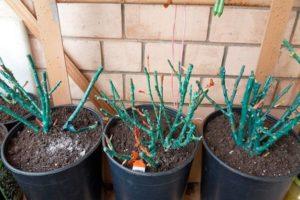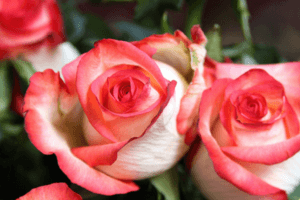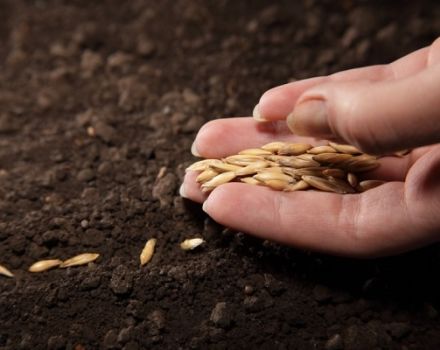When is it better to transplant roses to another place, the rules and timing of the procedure
Setting up a garden, as well as caring for the plants, takes a lot of time and patience from the gardener. Transplanting plants from place to place is considered particularly troublesome. Worst of all is transplanting a rose, which grows in almost every garden. When you need to transplant roses, and what methods are best for this, we will figure it out below.
Transplant reasons
There may be several reasons for transplanting a rose:
- In the old place, the flower was attacked by insect pests.
Transplanting a flower to another place can be a way out of the situation, and the plants will not have to be watered with various chemicals to destroy uninvited guests.
- A decision was made to redevelop the garden.
Quite a common phenomenon when a gardener, acquiring a new crop for planting, is faced with the need to change the structure of the garden.
- The soil at the planting site is depleted, and the rose no longer receives the necessary nutrients.
Plants growing in one place for a long time gradually deplete the soil. Fertilization is a temporary solution, and there comes a time when a plant transplant is required for further growth.
- Plants and trees growing nearby have overgrown, blocking the plant's access to sunlight.
Novice gardeners often face this problem. Lack of experience does not allow them to correctly plan the planting sites so that flowers and trees do not interfere with each other.
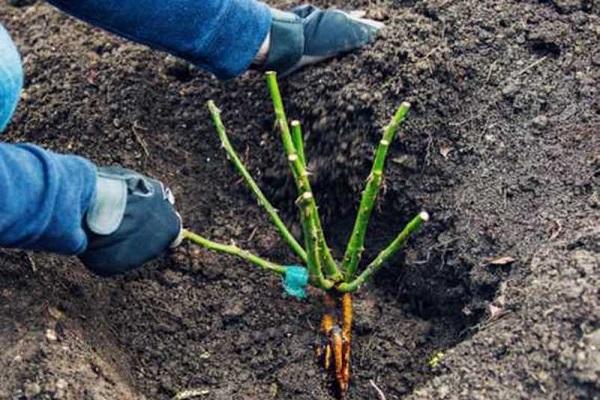
When is the best time to replant roses?
To transplant flowers with minimal damage, you need to do this at a specific time. The following seasons are suitable for transplanting:
- Fall. The autumn season is most favorable for garden redevelopment.
- Spring. The second most convenient option for a transplant. The rose bloom will be delayed, but there will be no strong negative reaction.
- Summer. The most unpredictable and dangerous option, especially during the period when the rose begins to bloom.
Note! The climate of your region plays an important role in planning your plant transplant calendar. In the southern regions, with warm weather, the rose can be transplanted in the second half of February, and in the northern regions, where conditions are much harsher, only from the beginning of April..

Features of spring rose transplant
Spring transplantation of adult roses is carried out when:
- the snow has melted;
- the earth warmed up to a temperature of 8-9 about;
- the buds that have formed on the rose bush have not yet begun to swell.
Compliance with these conditions creates a favorable background for transplanting, and the plant receives a minimum of damage. Disadvantages of spring garden redevelopment:
- the flower has to spend extra energy to adapt to a new place;
- additional energy is required to form and strengthen the root system, which suffers when the bush is moved from place to place.
Otherwise, there are no problems, and spring remains a good period for such events.

Is it possible to carry out work in the summer?
Summer is the worst time of the year. To minimize damage to the plant, you must adhere to the following algorithm of actions:
- The rose bush undergoes a pruning procedure.
- Flowers and buds that have formed on the bush are completely removed.
- Shoots are trimmed to half their length. If a grower transplants varieties with a long stem, it is pruned so that the length does not exceed 0.5 meters. In miniature varieties, the stem is cut off after 3 buds.
- The transplant is carried out in cloudy weather or in the evening, when solar activity is minimal.
During the first month after moving the rose to a new place, the bush must be protected from excessive exposure to sunlight and strong gusts of wind. Experienced gardeners recommend abundant irrigation until the flower takes root in its new location. If the summer is dry, spray the bush with a spray bottle.
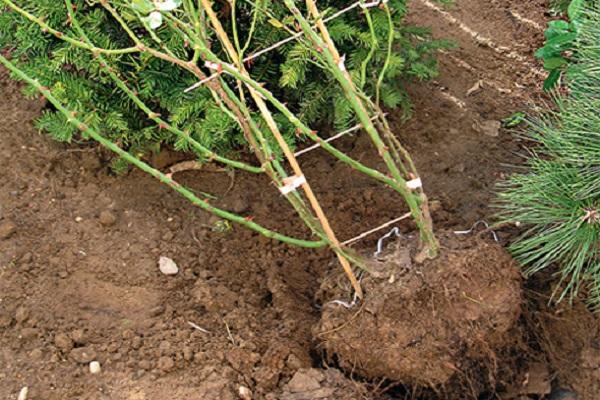
Transplanting roses in autumn
Transplanting roses in September - October to another place is considered the best time among gardeners. However, some nuances should be considered:
- An early transplant, at the end of August, will provoke the bush to form excess greenery, which will lead to its weakening before wintering.
- Late planting is fatal to a rose. The bush will not have time to adapt to a new place, and will not survive the winter.
- A transplant is considered optimal one month before the onset of the first frost. The flower will grow roots to the required volume, and there will not be enough time for the formation of unnecessary green mass.
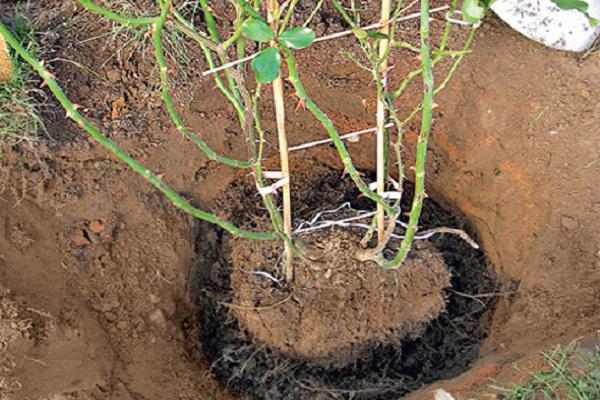
Preparatory work
The essence of the preparatory work before transplanting is choosing the right place and processing it. The new place for roses must meet the following criteria:
- Choose areas with fertile soil, as the plant will need a lot of nutrients to adapt properly.
- The landing site should not be flooded with water. Rose bushes growing in conditions of excessive humidity are more likely to be subject to various fungal diseases.
- Good illumination of the site. Despite the need for protection from sunlight in the first weeks after transplanting, in the future, the bush will need a lot of sunlight for comfortable flowering. Avoid choosing locations near tall trees, fences, or buildings.
- Strong gusts of cold wind have a bad effect on flower growth. Gusts of the icy north wind are especially strong. If possible, try to protect the planting of roses from strong drafts.
Preparing a place for planting rose bushes:
- the soil at the landing site is dug up;
- we remove weeds along with the roots;
- we apply fertilizers. The amount and composition of fertilizers depends on the condition of the soil.
Note! Gardeners are advised to apply top dressing before planting in advance. The optimal time is two weeks before the transplant. So the roots of the rose will not get burned.

Transplant process
At the initial stages of transplantation, the main task of the gardener is to preserve the root system of the bush and cause minimal damage to it. Most of the bushes are moved to a new place right with the clod in which they grew up to this point. The main root is too deep, so there is no need to preserve it completely. This is especially true for grafted varieties, in which the main root can go deep into the ground up to 1.5 meters.
Transplant process:
- We irrigate the ground around the bush two days before moving to a new location.
- The shoots are neatly tied with a strong thread to facilitate access to the base of the bush.
- A trench is dug around the bush.
- Then we go deeper into the ground, chopping off the overgrown roots with a shovel or other tool.
- The resulting lump of earth is placed in a plastic bag or thick film.
- We transfer the bush to a new place.
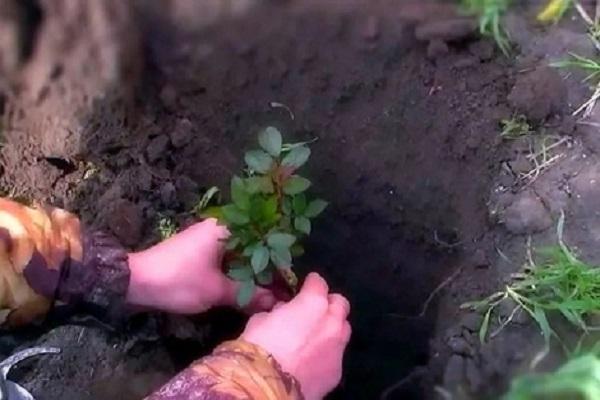
A hole is dug under a bush like this:
- in width, it should exceed the diameter of the bush by 20 centimeters;
- in depth - 10 centimeters more than the size of an earthen coma.
The bottom of the pit is covered with a layer of rubble, after which fertile soil is poured. Then a rose bush is lowered into the hole, after which the remaining volume is filled with earth. A properly planted plant adapts to a new location after three weeks.
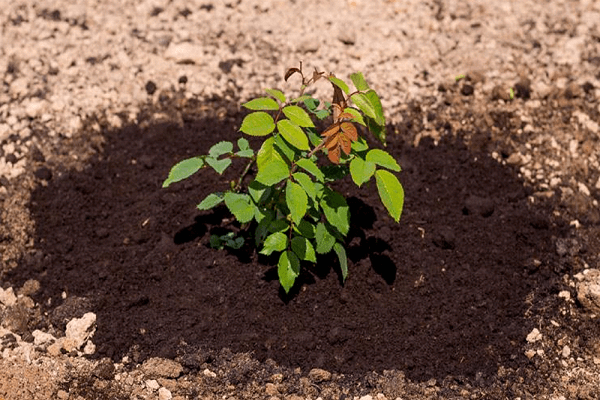
Further care of roses
Roses are not the most capricious plants, but after transplanting they require special care in the next couple of weeks:
- Immediately after planting, the soil around the bush is abundantly irrigated. At least eight liters of liquid are poured onto the bush.
- Pay attention to the soil level after watering. If it has dropped, add the soil to the required rate.
- The land after irrigation is mulched. This way you prevent the formation of a dense crust after drying.
- On hot days, the bush needs shelter, since the roses have not yet taken root, and the scorching sun does not affect them in the best way.
- Pay attention to the general condition of the plants. In a weakened state, they can easily get sick.
- Gardeners who want the plant to take root well in a new location prune the young shoots for the first few seasons.
Do not plant nearby bushes that bloom at different times. Otherwise, one variety will begin to dominate the other, preventing it from fully developing.
